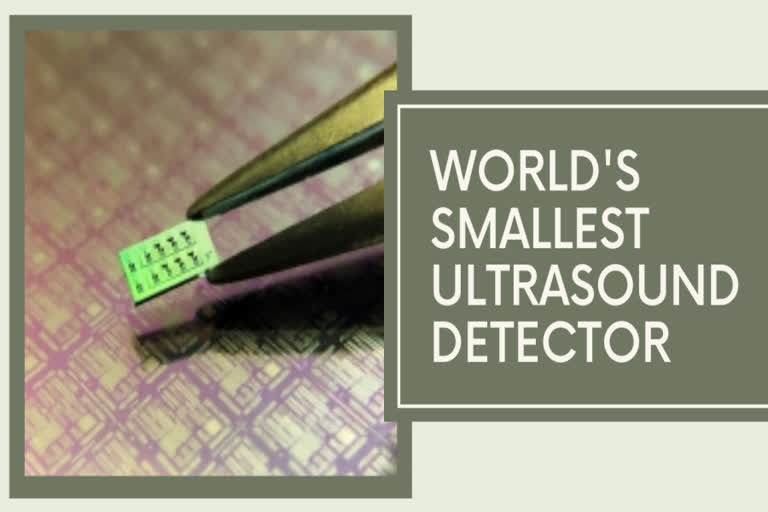London:With a size 100 times smaller than an average human hair, the new detector can visualise features that are much smaller than previously possible, leading to what is known as super-resolution imaging, said the team from Helmholtz Zentrum Munchen and the Technical University of Munich (TUM) in Germany.
- Silicon photonics technology is widely used to miniaturise optical components and densely pack them on the small surface of a silicon chip.
- Researchers capitalised on the advantages of miniaturised photonic circuits and built the world's smallest ultrasound detector called the silicon waveguide-etalon detector or SWED.
- SWED monitors changes in light intensity propagating through the miniaturised photonic circuits.
- "This is the first time that a detector smaller than the size of a blood cell is used to detect ultrasound using the silicon photonics technology," said Rami Shnaiderman, developer of SWED.
- "If a piezoelectric detector was miniaturised to the scale of SWED, it would be 100 million times less sensitive".
- Reducing the size leads to higher resolution and can offer smaller, densely packed one or two-dimensional ultrasound arrays with improved ability to discriminate features in the imaged tissue or material.
The degree to which we were able to miniaturise the new detector while retaining high sensitivity due to the use of silicon photonics was breathtaking", says Professor Vasilis Ntziachristos, lead of the research team.
- The SWED is also up to 200 times smaller than the ultrasound wavelength employed, which means that it can be used to visualise features that are smaller than one micrometre.
- The technology is important for developing many different detection applications based on ultrasound waves.
